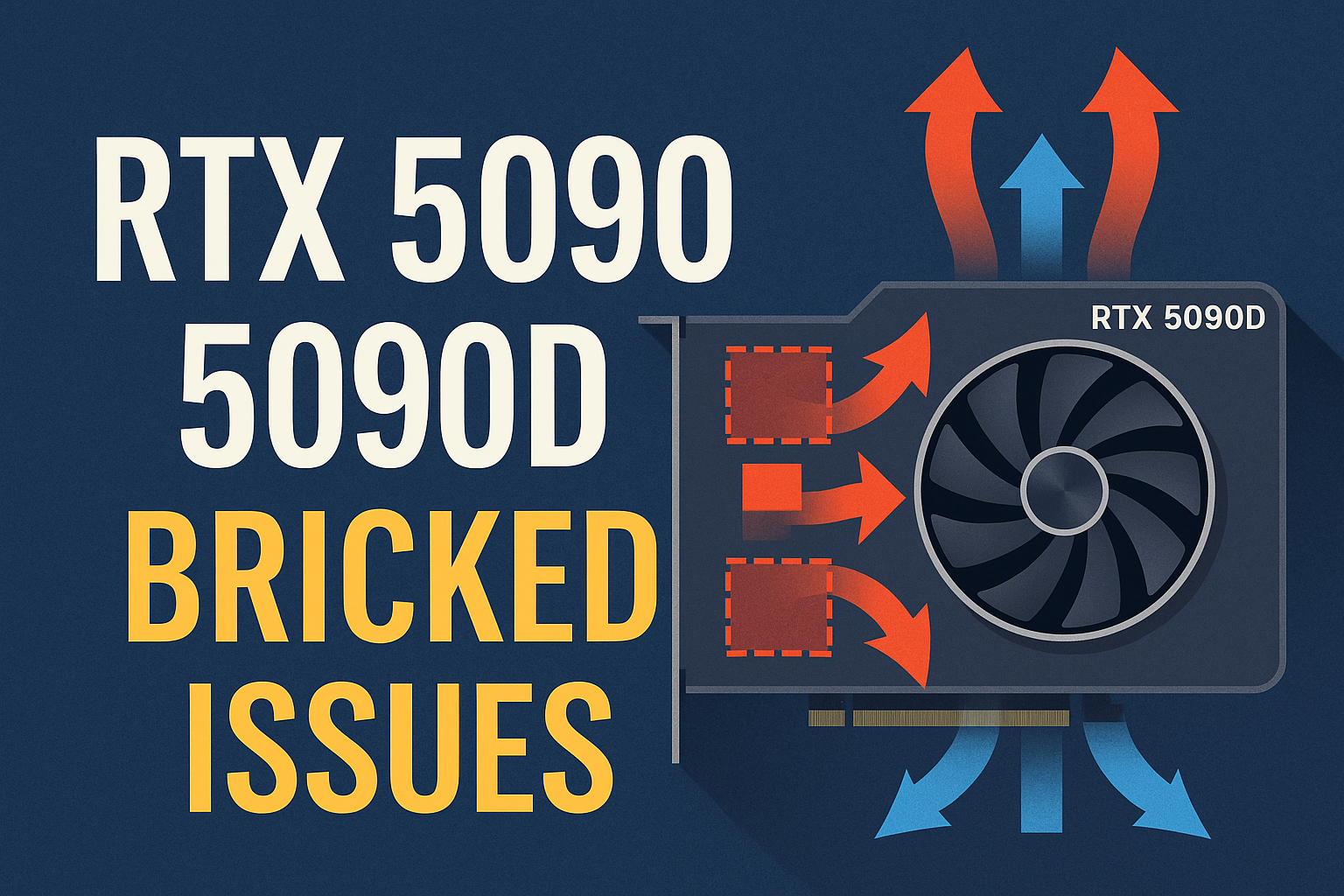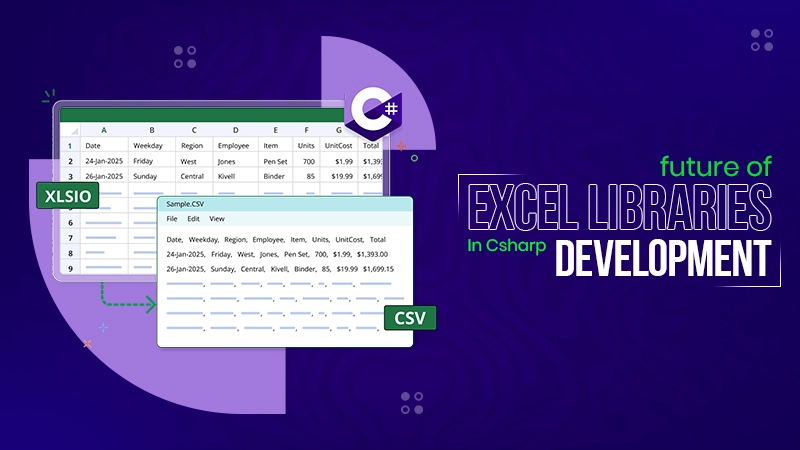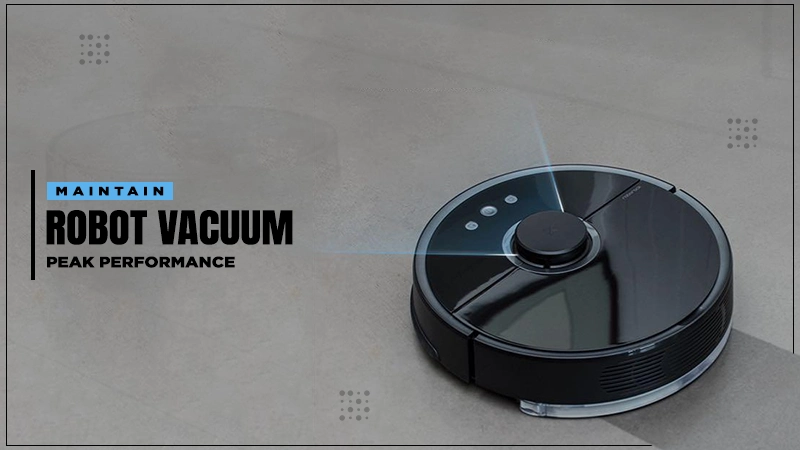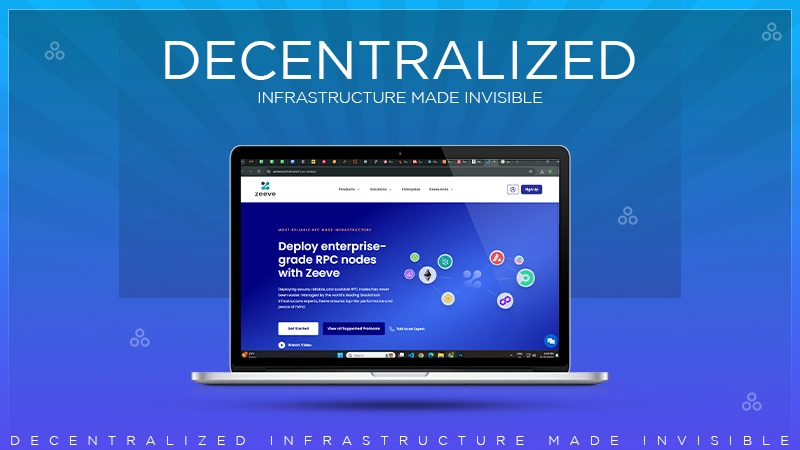HMS Photovoltaik Photovoltaic solar systems that are based on Hardware Management System (HMS) technology are known as HMS Photovoltaik. These systems involve sensors, smart meters, data analytics and cloud dashboards to track and optimize the production of solar energy in real-time.
To understand how solar companies innovate globally, see Hamro Solar LLC and its approach to clean energy efficiency.
How HMS Photovoltaik Works?
1. Hardware Components
| Component | Function |
|---|---|
| Solar Panels | Convert sunlight to energy |
| Inverter | Converts DC to AC power |
| Smart Metering System | Tracks production and consumption |
| Sensors | Monitor performance & safety |
| Batteries (Optional) | Store excess power |
2. Smart Monitoring & Data Analytics
Users can monitor performance using a mobile app or web dashboard, enabling:
- Real-time performance tracking
- Fault detection alerts
- Performance trend analysis
A complete Xai770k shows how data improves uptime and efficiency.
3. Intelligent Energy Optimization
The system balances:
- Power generation
- Battery storage
- Grid usage
This ensures the highest possible output with minimal energy loss.
Key Features of HMS Photovoltaik
| Feature | Benefit |
|---|---|
| Real-Time Monitoring | Immediate efficiency insights |
| Automated Optimization | Higher energy conversion rates |
| Preventive Maintenance Alerts | Reduced operational downtime |
| Remote Access Control | Manage system from anywhere |
| Safety & Overload Protection | Protects equipment lifespan |
Predictive analytics enable early fault detection, contributing to system reliability.
Benefits of HMS Photovoltaik
1. Higher Solar Efficiency
HMS tracks and corrects inefficiencies, increasing overall energy output.
2. Lower Electricity Bills
Optimized solar usage reduces dependency on grid electricity.
3. Long-Term Sustainability
HMS improves how renewable energy is used, supporting global carbon reduction goals.
4. Extended System Longevity
HMS reduces component strain, keeping solar systems in optimal condition longer.
Applications of HMS Photovoltaik
Residential Solar Systems
- Smart energy usage for homeowners
- App-based system control
Commercial Buildings
Businesses reduce high energy costs with real-time power management.
In urban settings, axurbain aligns with ESG efficiency targets.
Industrial Solar Plants & Solar Farms
Large-scale solar arrays rely on:
- Remote monitoring
- Automated performance balancing
- Predictive maintenance workflows
Installation Process Overview
- Site power requirement assessment
- System design and layout
- Panel installation and wiring
- HMS monitoring configuration
- Performance testing and calibration
Before activation, use a professional commissioning checklist for safety and efficiency validation.
Cost & Pricing Factors
| Factor | Effect |
|---|---|
| System Capacity (kW) | Higher capacity = higher upfront cost |
| Component Brand Quality | Impacts durability & performance |
| Monitoring System Level | Basic vs full HMS integration |
| Labor & Installation Region | Costs vary geographically |
| Battery Storage | Optional but increases independence |
Price Range (Global): $1,000 – $4,000 per kW installed
HMS Photovoltaik vs Traditional Solar Systems
| Feature | HMS Photovoltaik | Traditional Solar |
|---|---|---|
| Monitoring | Real-Time | Manual |
| Optimization | Automated | None |
| Maintenance Alerts | Predictive | Reactive |
| ROI | Faster | Slower |
Case Study: Real-World Performance Boost
| Metric (5kW System) | Before HMS | After HMS |
|---|---|---|
| Monthly Energy Output | 510 kWh | 602 kWh |
| Efficiency Increase | — | 18% Gain |
| Monthly Bill Savings | $65 | $95 |
| Payback Period | 6 Years | 4.5 Years |
Performance improvements were achieved through continuous system monitoring and data-based power routing analysis.
Environmental Impact
A 5kW HMS photovoltaik installation can reduce ~1.5 tons of CO₂ emissions annually, contributing to a greener energy ecosystem.
Future of HMS Photovoltaik
Upcoming advancements include:
- AI-powered solar forecasting
- Automated grid load balancing
- EV charging + solar synergy
- Battery-first microgrid deployment strategies
Smart city plans increasingly pair solar with digital infrastructure.
Conclusion
HMS Photovoltaik provides a smarter, efficient, and reliable solar power experience.
HMS ensures cost reduction, increased efficiency, and sustainability, whether in homes, commercial buildings, or industrial solar plants.
FAQs
1. What is HMS Photovoltaik used for?
To monitor, optimize, and manage solar energy systems efficiently.
2. Can HMS be used with batteries?
Yes, HMS smartly manages charge/discharge cycles.
3. Is it suitable for off-grid systems?
Yes — works with on-grid, hybrid, and off-grid installations.
4. Does it reduce maintenance costs?
Yes, predictive alerts prevent expensive failures.
5. How long does setup take?
Typically 1–3 days, depending on installation scale.










